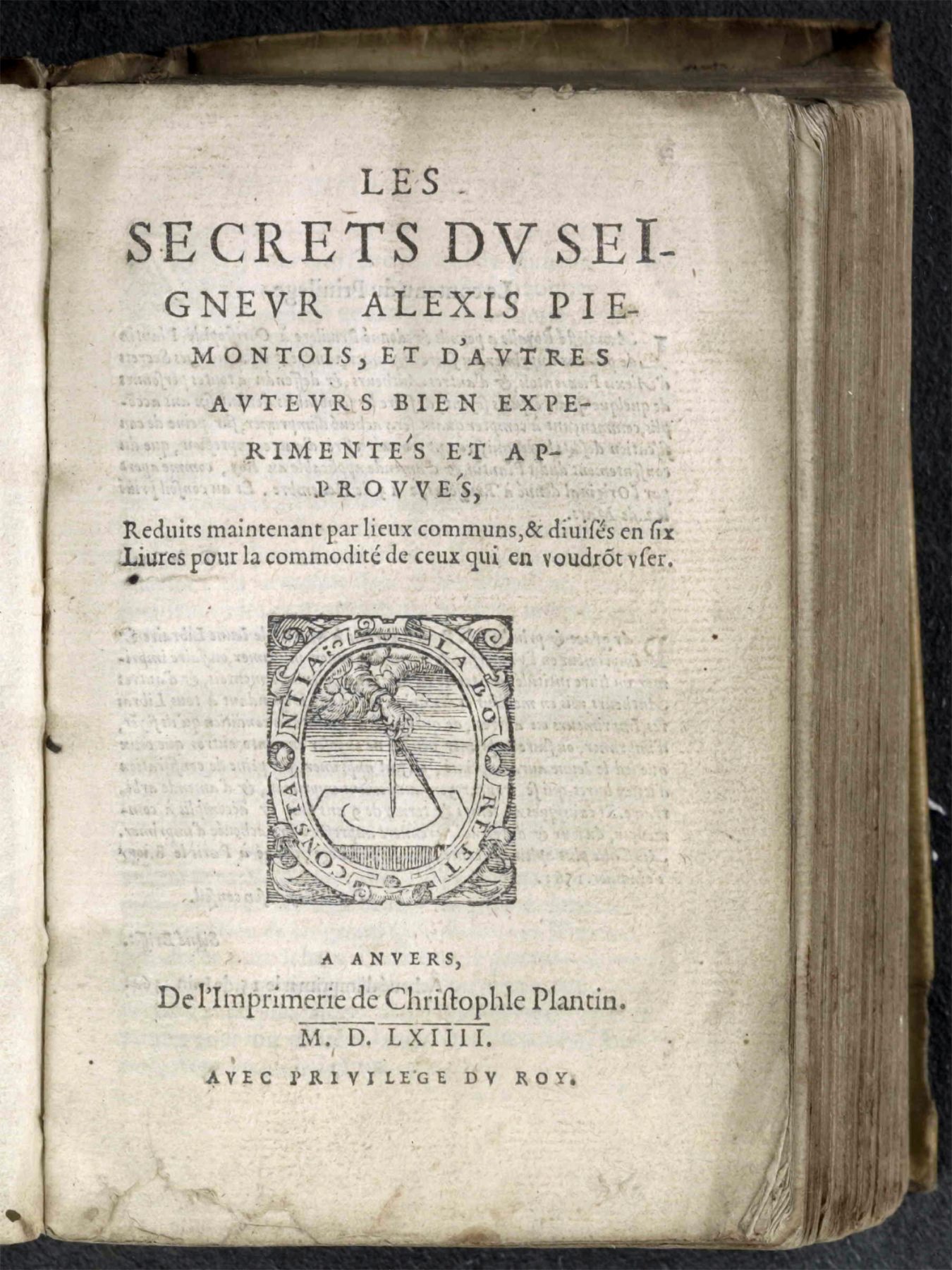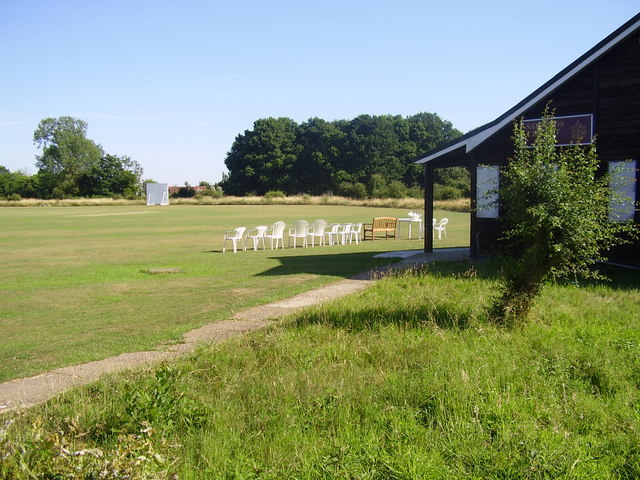|
Victor Lardent
Victor Lardent (1905–1968) was a British advertising designer and draftsman at ''The Times'' in London. He created the typeface Times New Roman under the artistic direction of Stanley Morison in 1931, which is commonly used in Microsoft Word. Career Lardent worked as a draftsman in the publicity department of ''The Times'' newspaper. His specialism was creating lettering art for advertisers in ''The Times'' who did not have an advertising agency, and he was talented at drawing in pen and using an airbrush. Times New Roman Lardent's most famous project was designing the new typeface for ''The Times'': once released as Times New Roman to the general market, it became one of the most popular typefaces of the twentieth century. Lardent did not have a detailed memory of his work on Times New Roman, although he spoke to Walter Tracy and James Moran about it in the 1960s. The artistic director who commissioned and conceptualised the design was Stanley Morison, an influential writer on ... [...More Info...] [...Related Items...] OR: [Wikipedia] [Google] [Baidu] |
The Times
''The Times'' is a British daily national newspaper based in London. It began in 1785 under the title ''The Daily Universal Register'', adopting its current name on 1 January 1788. ''The Times'' and its sister paper ''The Sunday Times'' (founded in 1821) are published by Times Newspapers, since 1981 a subsidiary of News UK, in turn wholly owned by News Corp. ''The Times'' and ''The Sunday Times'', which do not share editorial staff, were founded independently and have only had common ownership since 1966. In general, the political position of ''The Times'' is considered to be centre-right. ''The Times'' is the first newspaper to have borne that name, lending it to numerous other papers around the world, such as ''The Times of India'', ''The New York Times'', and more recently, digital-first publications such as TheTimesBlog.com (Since 2017). In countries where these other titles are popular, the newspaper is often referred to as , or as , although the newspaper is of nationa ... [...More Info...] [...Related Items...] OR: [Wikipedia] [Google] [Baidu] |
Times New Roman
Times New Roman is a serif typeface. It was commissioned by the British newspaper ''The Times'' in 1931 and conceived by Stanley Morison, the artistic adviser to the British branch of the printing equipment company Monotype, in collaboration with Victor Lardent, a lettering artist in ''The Times's'' advertising department. It has become one of the most popular typefaces of all time and is installed on most desktop computers. Asked to advise on a redesign, Morison recommended that ''The Times'' change their text typeface from a spindly nineteenth-century face to a more robust, solid design, returning to traditions of printing from the eighteenth century and before. This matched a common trend in printing tastes of the period. Morison proposed an older Monotype typeface named Plantin as a basis for the design, and Times New Roman mostly matches Plantin's dimensions. The main change was that the contrast between strokes was enhanced to give a crisper image. The new design made its ... [...More Info...] [...Related Items...] OR: [Wikipedia] [Google] [Baidu] |
Stanley Morison
Stanley Arthur Morison (6 May 1889 – 11 October 1967) was a British typographer, printing executive and historian of printing. Largely self-educated, he promoted higher standards in printing and an awareness of the best printing and typefaces of the past. From the 1920s Morison became an influential adviser to the British Monotype Corporation, advising them on type design. His strong aesthetic sense was a force within the company, which starting shortly before his joining became increasingly known for commissioning popular, historically influenced designs that revived some of the best typefaces of the past, with particular attention to the middle period of printing from the Renaissance to the late eighteenth century, and creating and licensing several new type designs that would become popular. Original typefaces commissioned under Morison's involvement included Times New Roman, Gill Sans and Perpetua, while revivals of older designs included Bembo, Ehrhardt and Bell. Times N ... [...More Info...] [...Related Items...] OR: [Wikipedia] [Google] [Baidu] |
Microsoft Word
Microsoft Word is a word processing software developed by Microsoft. It was first released on October 25, 1983, under the name ''Multi-Tool Word'' for Xenix systems. Subsequent versions were later written for several other platforms including: IBM PCs running DOS (1983), Apple Macintosh running the Classic Mac OS (1985), AT&T UNIX PC (1985), Atari ST (1988), OS/2 (1989), Microsoft Windows (1989), SCO Unix (1990) and macOS (2001). Using Wine, versions of Microsoft Word before 2013 can be run on Linux. Commercial versions of Word are licensed as a standalone product or as a component of Microsoft Office suite of software, which can be purchased either with a perpetual license or as part of a Microsoft 365 subscription. History Origins In 1981, Microsoft hired Charles Simonyi, the primary developer of Bravo, the first GUI word processor, which was developed at Xerox PARC. Simonyi started work on a word processor called ''Multi-Tool Word'' and soon hired Richard Brodie, a ... [...More Info...] [...Related Items...] OR: [Wikipedia] [Google] [Baidu] |
Lettering
Lettering is an umbrella term that covers the art of drawing letters, instead of simply writing them. Lettering is considered an art form, where each letter in a phrase or quote acts as an illustration. Each letter is created with attention to detail and has a unique role within a composition., Lettering is created as an image, with letters that are meant to be used in a unique configuration. Lettering words do not always translate into alphabets that can later be used in a typeface, since they are created with a specific word in mind., Examples Lettering includes that used for purposes of blueprints and comic books, as well as decorative lettering such as sign painting and custom graphics. For instance; on posters, for a letterhead or business wordmark, lettering in stone, lettering for advertisements, tire lettering, fileteado, graffiti, or on chalkboards. Lettering may be drawn, incised, applied using stencils, using a digital medium with a stylus, or a vector program. L ... [...More Info...] [...Related Items...] OR: [Wikipedia] [Google] [Baidu] |
Walter Tracy
Walter Valentine Tracy RDI (14 February 1914 – 28 April 1995) was an English type designer, typographer and writer. Biography Walter Tracy was born in Islington, London and attended Shoreditch Secondary school. At the age of fourteen he was apprenticed to the large printing firm William Clowes as a compositor. When he had completed his apprenticeship, Tracy went to work in the typographic studio of The Baynard Press, a printing house. From 1938 to 1946, Tracy had been rejected by the army's medical examination, he worked in an advertising agency as a print buyer. From 1947 Tracy began to work part-time for the British Linotype & Machinery Ltd. (L&M) company, a subsidiary of Mergenthaler Linotype. The following year he was hired as a full-time employee by L&M, where he was going to spend the following 30 years. There he became involved with designing typefaces for newspapers, and classified advertising. His typeface Jubilee, designed to be more robust than Stanley Moris ... [...More Info...] [...Related Items...] OR: [Wikipedia] [Google] [Baidu] |
Monotype Imaging
Monotype Imaging Holdings Inc., founded as Lanston Monotype Machine Company in 1887 in Philadelphia by Tolbert Lanston, is an American (historically Anglo-American) company that specializes in digital typesetting and typeface design for use with consumer electronics devices. Incorporated in Delaware and headquartered in Woburn, Massachusetts, the company has been responsible for many developments in printing technology—in particular the Monotype machine, which was a fully mechanical hotmetal typesetter, that produced texts automatically, all single type. Monotype was involved in the design and production of many typefaces in the 20th century. Monotype developed many of the most widely used typeface designs, including Times New Roman, Gill Sans, Arial, Bembo and Albertus. Via acquisitions including Linotype GmbH, International Typeface Corporation, Bitstream, FontShop, URW and Hoefler & Co., the company has gained the rights to major font families including Helvetica, ITC Fra ... [...More Info...] [...Related Items...] OR: [Wikipedia] [Google] [Baidu] |
Nicolas Barker
Nicolas John Barker (born 1932) is a British historian of printing and books. He was Head of Conservation at the British Library from 1976 to 1992 and is a former editor of ''The Book Collector''. A bibliography of his work was published to mark his 80th birthday in 2012. He was elected a Fellow of the British Academy in 1998, and is also a Fellow of the Society of Antiquaries of London A society is a group of individuals involved in persistent social interaction, or a large social group sharing the same spatial or social territory, typically subject to the same political authority and dominant cultural expectations. Soci ...; in 2002, he was appointed an Officer of the Order of the British Empire. ''British Academy''. Retrieved 18 March 2018. Selected works *Barker, Nicolas (1972). ''S ...[...More Info...] [...Related Items...] OR: [Wikipedia] [Google] [Baidu] |
Christophe Plantin
Christophe Plantin ( nl, Christoffel Plantijn; – 1 July 1589) was a French Renaissance humanist and book printer and publisher who resided and worked in Antwerp. Life Plantin was born in France, probably in Saint-Avertin, near the city of Tours, Touraine. He was not born to a wealthy family, and his mother died when Plantin was still quite young. As a youth he apprenticed as a bookbinder in Caen, Normandy, and also married there. In 1545, he and his wife, Joanna Rivière, set up shop in Paris, but after three years they chose to relocate to the booming commercial center of Antwerp, where Plantin became a free citizen and a member of the Guild of St Luke, the guild responsible for painters, sculptors, engravers and printers. The quality of his work as a bookbinder brought him into contact with nobility and wealth. By 1549, he headed one of the most well-respected publishing houses in Europe. He was responsible for printing a wide range of titles, from Cicero to religious hymn ... [...More Info...] [...Related Items...] OR: [Wikipedia] [Google] [Baidu] |
Plantin-Moretus Museum
The Plantin-Moretus Museum ( nl, Plantin-Moretusmuseum) is a printing museum in Antwerp, Belgium which focuses on the work of the 16th-century printers Christophe Plantin and Jan Moretus. It is located in their former residence and printing establishment, the Plantin Press, at the Vrijdagmarkt (Friday Market) in Antwerp, and has been a UNESCO World Heritage Site since 2005. History The printing company was founded in the 16th century by Christophe Plantin, who obtained type from the leading typefounders of the day in Paris. Plantin was a major figure in contemporary printing with interests in humanism; his eight-volume, multi-language Plantin Polyglot Bible with Hebrew, Aramaic, Greek and Syriac texts was one of the most complex productions of the period. Plantin's is now suspected of being at least connected to members of heretical groups known as the Familists, and this may have led him to spend time in exile in his native France. After Plantin's death it was owned by his so ... [...More Info...] [...Related Items...] OR: [Wikipedia] [Google] [Baidu] |
Robert Granjon
Robert Granjon (1513-November 16, 1589/March 1590) was a French type designer and printer. He worked in Paris, Lyon, Frankfurt, Antwerp, and Rome for various printers. He is best known for having introduced the typeface Civilité and for his italic type form, the design of which in modern days is used in Garamond Italic. He worked in Lyon as a librarian, printer, and engraver of typefaces. He married the daughter of Bernard Salomon. The first book in his typeface, Civilité, was ''Dialogue de la vie et de la mort'' by Ringhieri (1557). The invention made such an impact that King Henry II, on December 26, 1557, gave him an exclusive privilege to use the type for ten years. Granjon's italic had a greater slant angle, slanted roman capitals, and reduced weight and rigor. These qualities and its contrasting thick and thin strokes gave it a dazzling appearance that made it difficult to read. It was nevertheless the main influence for italic type design until the Arrighi model was rev ... [...More Info...] [...Related Items...] OR: [Wikipedia] [Google] [Baidu] |
Salfords
Salfords ) is a village in the borough of Reigate and Banstead in Surrey, England. It lies approximately south of Redhill on the A23 London to Brighton road. The village is within the civil parish of Salfords and Sidlow which covers a population of 3,069, and has a parish council. Etymology of the place-name Salfords means "willow-tree ford" from Old English ''sealh''/''salh'' "willow" and ''ford'' "ford. The name was recorded ''Selefrid'' in 1193. This is similar to the derivation of Salford, Greater Manchester. Description The village has its own 20th century church, Christ The King, primary school, cricket club, some shops, cafes, a social club, a tanning salon, a number of restaurants and a take away. Salfords Stream runs through the village and can cause flooding in the autumn and winter months. The southern boundary is marked by the Burstow stream. Both are minor River Mole tributaries, itself a tributary of the River Thames. The only buildings old enough to be ... [...More Info...] [...Related Items...] OR: [Wikipedia] [Google] [Baidu] |



.jpg)





